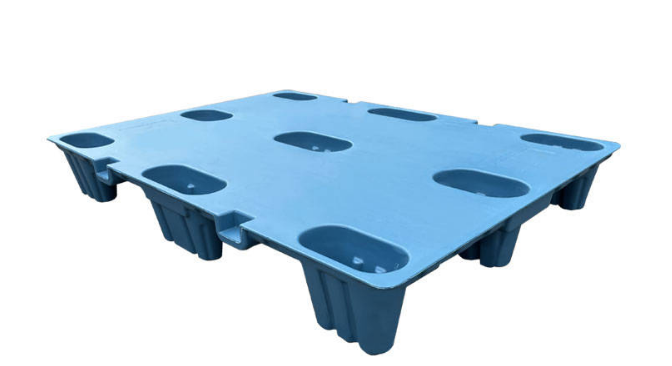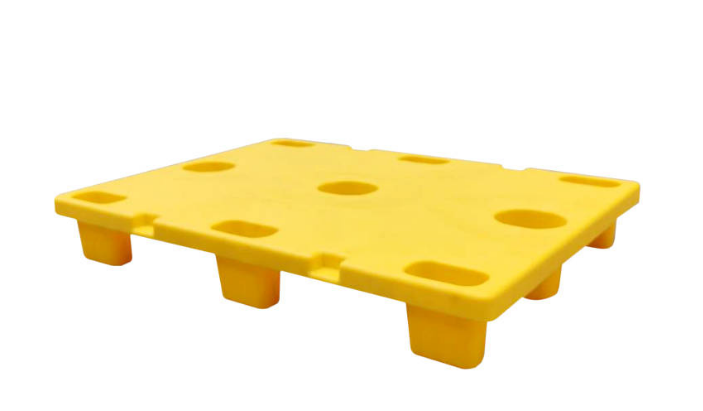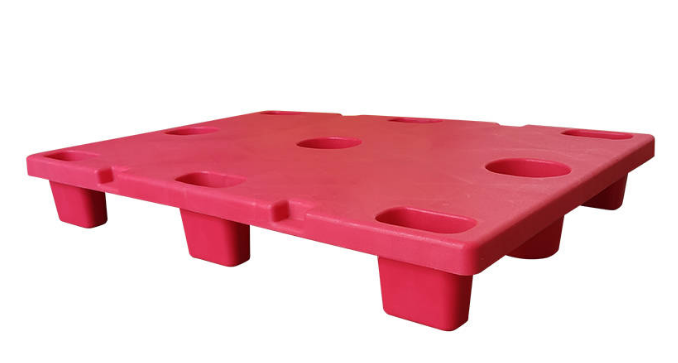McKinsey believes that "skinny design" - using fewer materials in packaging pallets, choosing different materials or rethinking the shape of packaging pallets - is a rare case of win-win-win practice that is good for business, the environment and consumers.
1.Commercial benefit
Packing pallet manufacturers designing smaller, smarter packaging means that more units occupy the same space and may also weigh less. This has all sorts of good consequences, starting with more efficient warehousing and then reducing container and truck traffic.
Once in the store, Plastic pallet takes less labor to put goods on the shelves because there's more stuff on each loading pallet. The more stock on the shelves, the less out of stock. Even a 5 or 10 percent increase in product on the shelves can have a meaningful impact on sales. All in all, we estimate that slimming packaging can lead to 4-5% revenue growth and cost savings of up to 10%.


2.Environmental benefit
It works in three ways. First, almost by definition, more suitable packaging pallets use less material, take up less space, and therefore less energy. Second, a more efficient, lighter design means that each container and each truck can carry more equipment on the plastic pallet, thus reducing diesel use and carbon footprint. Third, tighter regulation becomes a driving force for more sustainable alternatives.
When producers are thinking about how to make their plastic pallets more convenient to use, this is a good time to consider their ingredients. For example, it might be possible to replace the most banned foamed polystyrene foam cups with biodegradable molded pulp. Other recent examples include plastic-free toilet paper pallet packaging; For products that often advertise themselves as being made from recycled materials, finishing with a layer of plastic pallet may seem counterintuitive.
3.Consumer benefit
The profits earned by the company can be converted into lower-priced goods, helping consumers cope with persistent inflation. In addition, the demand for green products for packaging plastic pallets is also growing. In a recent survey, three out of five people said they would pay more for green options, and products making ESG-related claims have accounted for 56 percent of the growth over the past five years. But it's worth noting that price, quality, brand and convenience are more important.In addition, it is well suited to the accelerating development of e-commerce and product redesign with shipping volume as a key driver, where the appearance of plastic pallet packaging is less important to shoppers and the transportation cost is more important.

For new products, considering all of these factors from the start can help inspire a solution. For existing plastic packaging pallet products, a dedicated packaging team can be assigned to review opportunities. For various types, an increasing number of digital tools, such as finite element analysis, can speed up the testing of packaging configurations and materials. Using AI technology, the new generative design system can explore thousands of simulations while minimizing waste. In today's context of inflation and still-unstable supply chains, packing pallets can help consumer goods companies capture value that is now almost invisible.
Post time: Oct-10-2023
